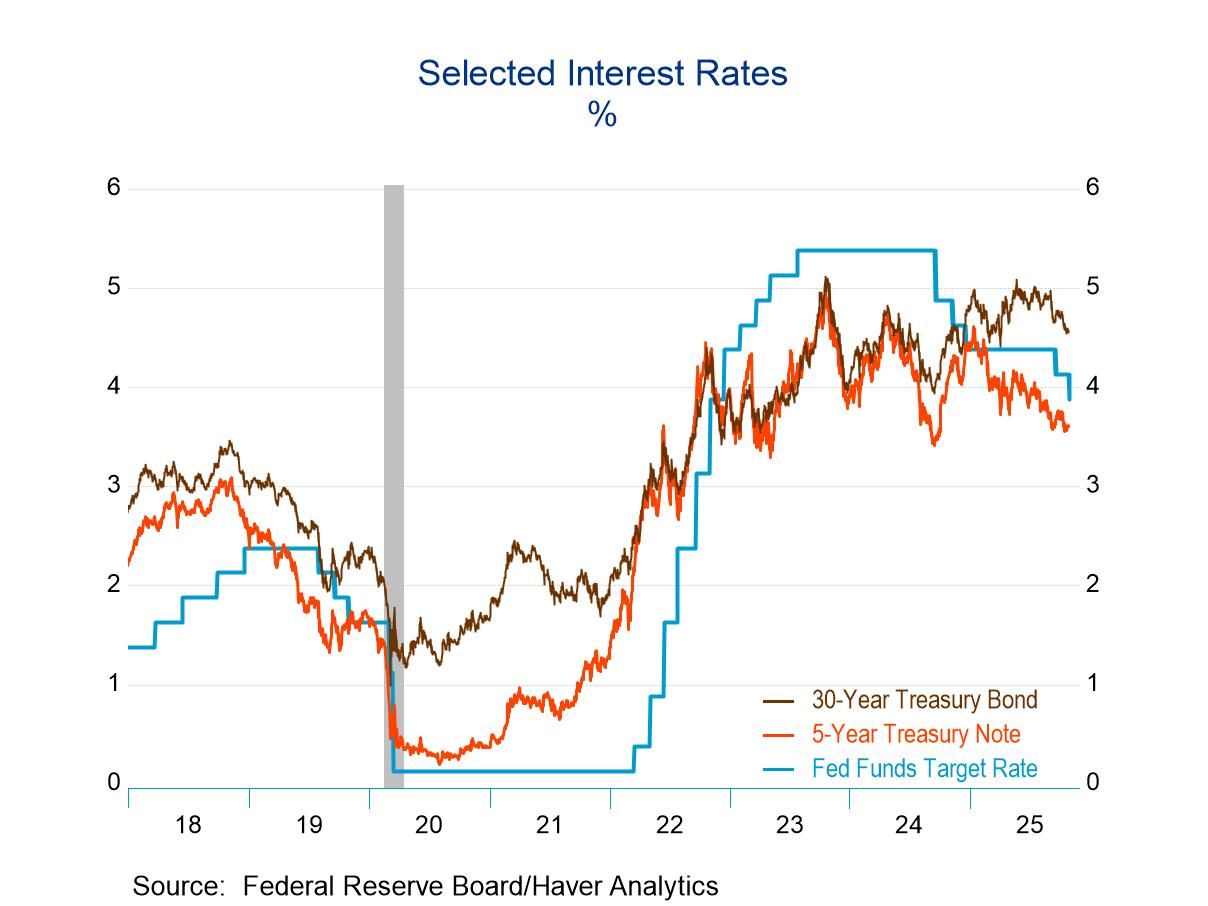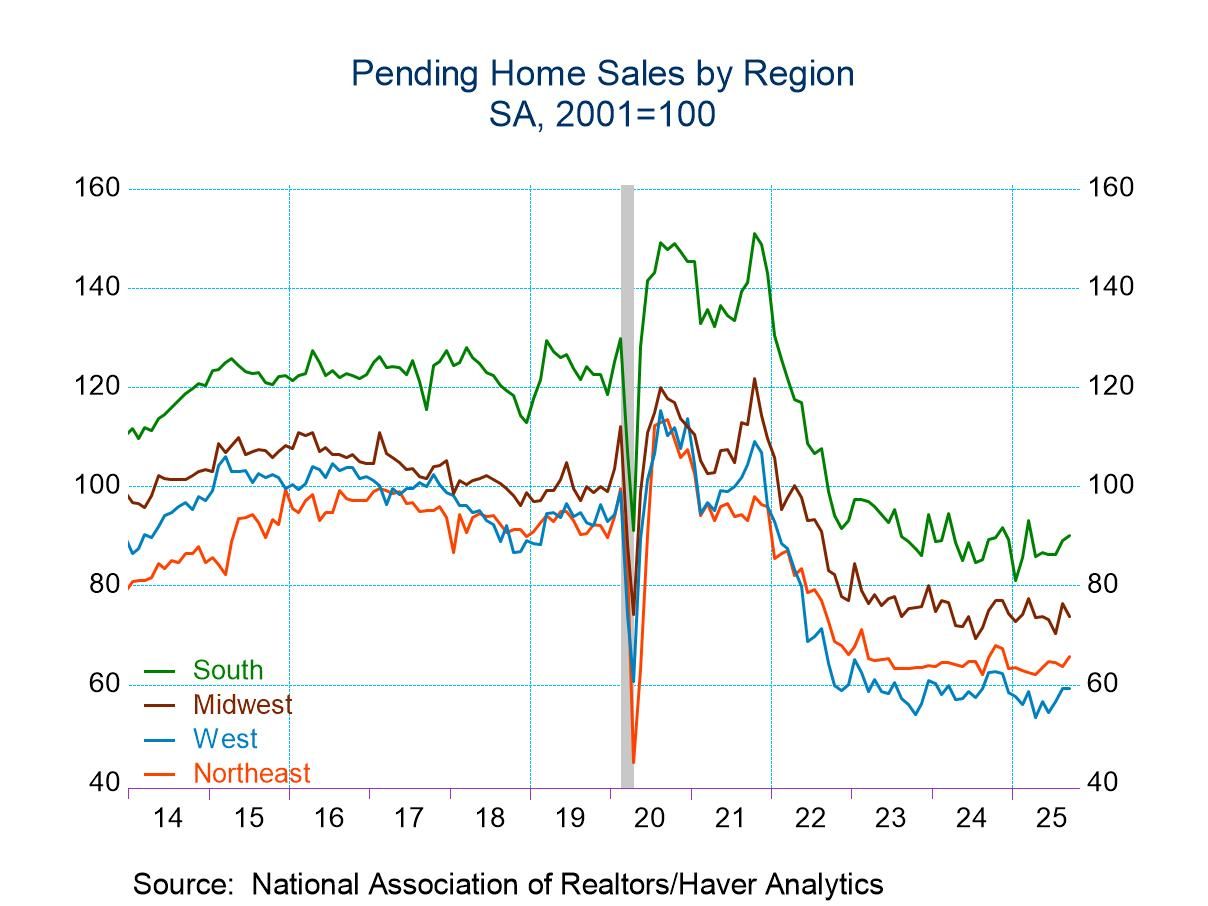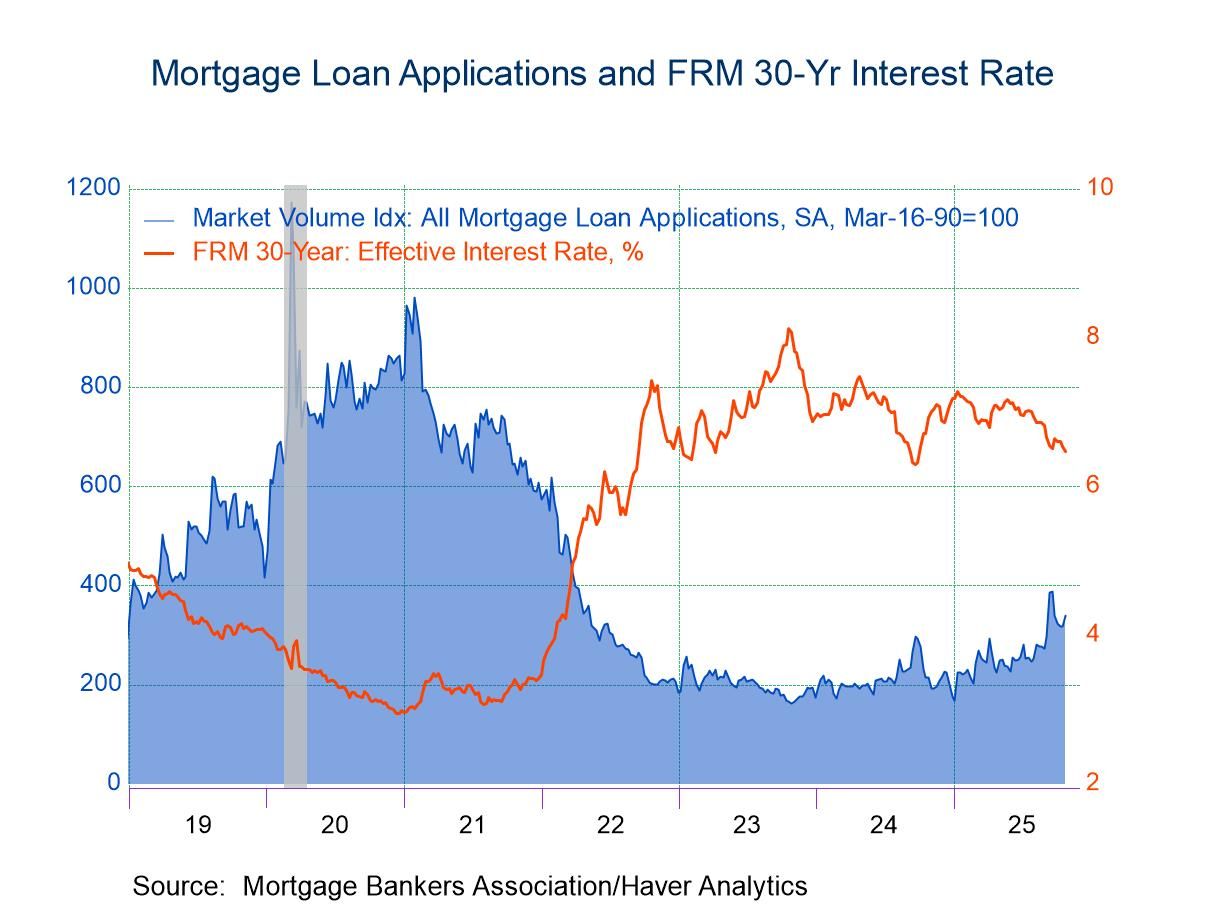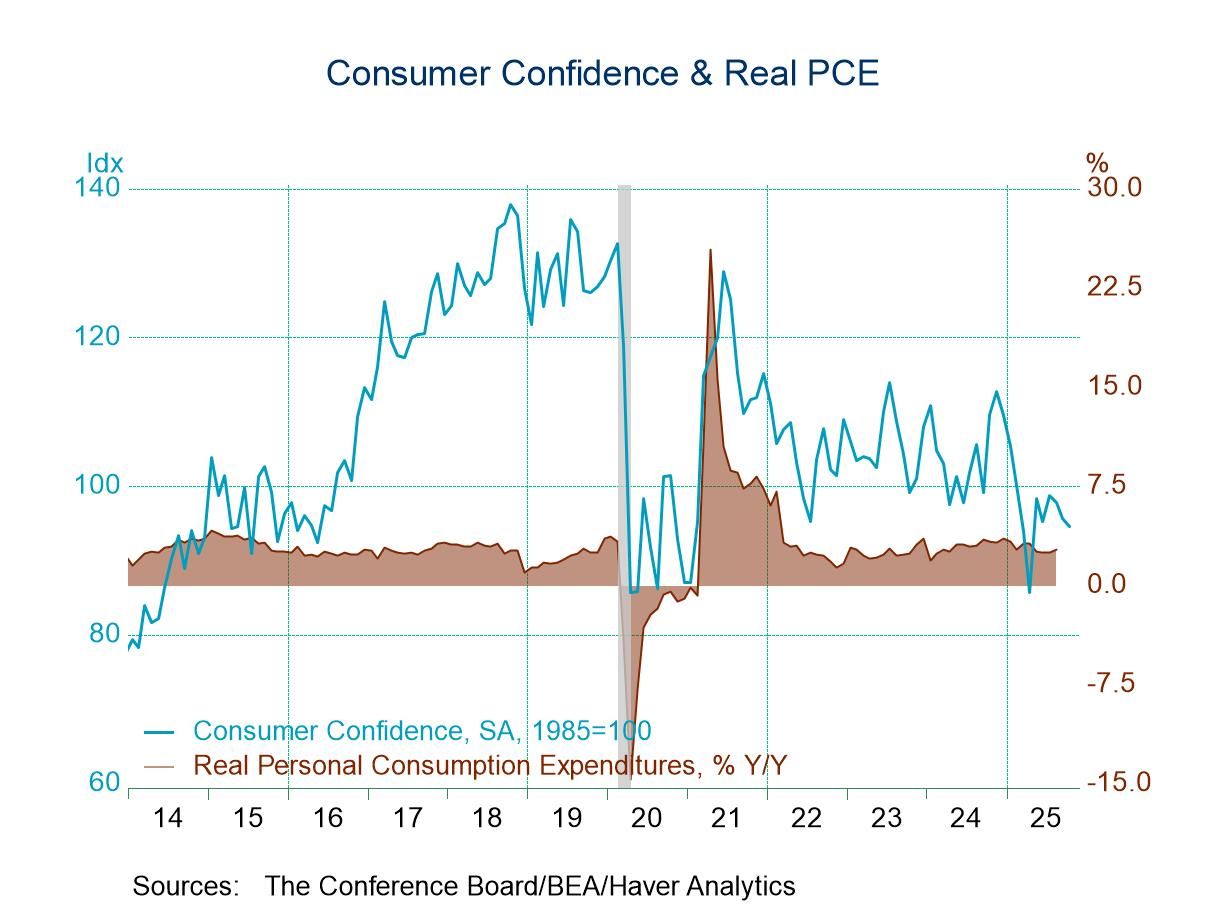 Global| Dec 29 2010
Global| Dec 29 2010Tight Money Isn't Funny
Summary
OK. We know Europe has gone Teutonic on fiscal consolidation. So what is monetary policy doing to make sure that the financial austerity does not get out of hand and quash growth? Ohh, it's contracting. Isn't that special? Inflation [...]
 OK. We know Europe has gone Teutonic on fiscal consolidation. So what is monetary policy doing to make sure that the
financial austerity does not get out of hand and quash growth? Ohh, it's contracting. Isn't that special?
OK. We know Europe has gone Teutonic on fiscal consolidation. So what is monetary policy doing to make sure that the
financial austerity does not get out of hand and quash growth? Ohh, it's contracting. Isn't that special?
Inflation adjusted money balances in the zone have displayed a contracting rate of growth and that rate is at a negative 3.1% over three-months (SAAR). Along with that, real loan growth and real credit growth have turned negative also over three months. In table we use Oct money supply for November in the UK so let's skip that one because of missing data - still the longer UK monetary trends are telling; they are no exception to this discussion and the BOE is not immune to this unfolding policy error. In Japan we also see a pattern of declining real money growth rates and a negative result over the most recent three months. What are these central bankers thinking?
One excuse is that rates (especially in Japan) are already so low (at zero) that bankers 'can't' effect money growth. Maybe in better times they could 'effect' it but even in these time they probably COULD have affected it if they so chose.
In the case we are seeing, a lack of domestic demand is the culprit; hence, it is money DEMAND that is weak. At a fixed and low interest rate, money demand might simply stay low retarding the development of money supply growth if the money multiplier were short-circuited as it seems to be in many countries today. In 'normal times such low interest rates would propel money growth (loan growth and money-holding) with little action needed by the central bank. But these times are not those. We can argue that weekly money figures ARE money demand but over longer periods the money numbers reflect the money supply result consistent with the policies run by monetary authorities. Some of these authorities simply are more interested in interest rate targeting and allow weak money demand to stilt money supply growth, choosing to favor their interest rate target over stimulating money growth. In the end that is a policy choice. Is it the right one?
Europe still has flexibility to move, to shift rates and spur money growth in the face of fiscal austerity. But inflation has picked up while money growth has not. Germany is seeing some upward pressure on inflation in December. In all likelihood the problem here is more with some rise in inflation against a small gain in money growth. Only the EMU region shows an outright drop in three-month nominal money supply growth (we give the UK a 'pass' until we get 'actual' data) ; couple this with a rising inflation rate and you have falling real money balances for sure. With fiscal austerity in train why would the monetary authority choose to ride that trend? Inflation in the Zone is not high and much of the inflation is energy-induced (and by an energy price-trend that are hard to fathom!). Meanwhile, austerity is at work in the background and rising energy prices are a double edged sword that, on different horizons, threatens both growth and 'inflation,' or at least the time path of the price level. What is the real risk of a more expansive monetary policy in Europe, especially given the macro economic conditions in zone countries not named 'Germany?'
This brings us to the US with its controversial program of QE. Whether inspired by QE or not, US money growth is back in gear; It is positive and it is accelerating. In real terms money balances are growing and are accelerating too. From this we might expect several results. One would be for the dollar to drop. Indeed, just today the Swiss franc (not a Zone economy) hit an all-time high Vs the dollar. Another expectation would be to see more inflation in the US. But US inflation remains contained while energy prices are sending more of a thrill through the European inflation measures. But this risk may take more time to develop. We should also expect US growth to outpace that in Europe; such a shift seems to be in train, although this is not as widely appreciated, yet.
There is excess slack everywhere so few really fear inflation soon, and most policy-making these days is 'of the moment'...but monetarists, looking ahead, are wary of what current Fed policy will mean for inflation down the road. Once much of the slack is taken up or proves to be illusory (unemployed people who retire early, unused capital stock that falls into disrepair or lags behind the technology curve, etc.) will we be fighting a war with monetary policy on a totally different front? Maybe there is some of that risk for the US but what is the excuse for the Zone and for Japan and even for the UK?
As to the outlook, the British Chartered Institute of Personnel and Development (CIPD) has just printed its forecast for the UK and the results are grim. You can read their numbers and easily grasp why some BOE members want to increase the size of the Bank's asset purchase program. Unemployment will increase to a 17-year high of 2.7 million in 2011 according to the group's forecast. UK unemployment appears to be headed much higher due to its adoption of austerity.
So why is monetary policy reinforcing the weakness instead of being more complementary to fiscal policy? The answer is complex. It is partly about culture, partly about power, and partly about politics and very little about economics.
Of course, the US is the one country that COULD run a more austere monetary policy since its fiscal policy (especially after the last round of fiscal shifts) is not very austere. Yet it is in the US where monetary policy is the most aggressive. The US has the right monetary policy for the times but maybe not the best for its own fiscal tilt. Europe and Japan have simply forgotten everything we know about macro-policy.
So it goes. Happy New Year! SOS in 2011! (Same old stuff).
| Look at Global and Euro Liquidity Trends | |||||||
|---|---|---|---|---|---|---|---|
| SAAR-All | Euro Measures(E13):Money & Credit | G-10 Major Markets: Money | Memo | ||||
| €-Supply M2 | Credit:Resid | Loans | $US M2 | £UK M4 | ¥Jpn M2+Cds | OIL:WTI | |
| 3-Mo | -0.3% | 1.6% | 1.8% | 7.4% | 2.4% | 2.4% | 43.1% |
| 6-Mo | 2.9% | 5.2% | 3.7% | 5.5% | -0.3% | 2.0% | 26.2% |
| 12-Mo | 2.7% | 3.0% | 2.9% | 3.3% | 6.3% | 2.6% | 7.6% |
| 2Yr | 2.3% | 1.6% | 0.9% | 4.5% | 7.3% | 3.0% | 20.4% |
| 3Yr | 4.7% | 4.1% | 3.2% | 5.7% | 10.0% | 2.6% | -4.0% |
| Real Balances: deflated by Own CPI. Oil deflated by US CPI | |||||||
| 3-Mo | -3.1% | -1.3% | -1.1% | 5.4% | -0.8% | -2.1% | 40.5% |
| 6-Mo | 0.7% | 2.9% | 1.5% | 3.6% | -2.7% | 0.8% | 24.0% |
| 12-Mo | 0.8% | 1.0% | 1.0% | 2.2% | 3.0% | 2.5% | 6.5% |
| 2Yr | 1.1% | 0.4% | -0.3% | 3.0% | 4.7% | 3.8% | 18.7% |
| 3Yr | 3.2% | 2.6% | 1.6% | 4.3% | 6.8% | 2.8% | -5.3% |
| UK M4 uses Oct for Nov | |||||||
Robert Brusca
AuthorMore in Author Profile »Robert A. Brusca is Chief Economist of Fact and Opinion Economics, a consulting firm he founded in Manhattan. He has been an economist on Wall Street for over 25 years. He has visited central banking and large institutional clients in over 30 countries in his career as an economist. Mr. Brusca was a Divisional Research Chief at the Federal Reserve Bank of NY (Chief of the International Financial markets Division), a Fed Watcher at Irving Trust and Chief Economist at Nikko Securities International. He is widely quoted and appears in various media. Mr. Brusca holds an MA and Ph.D. in economics from Michigan State University and a BA in Economics from the University of Michigan. His research pursues his strong interests in non aligned policy economics as well as international economics. FAO Economics’ research targets investors to assist them in making better investment decisions in stocks, bonds and in a variety of international assets. The company does not manage money and has no conflicts in giving economic advice.






